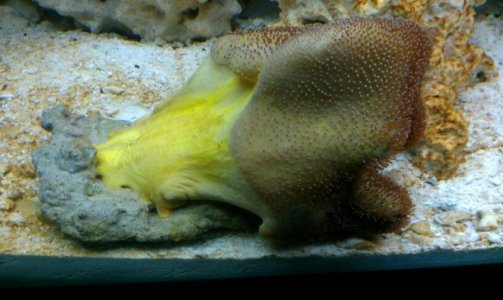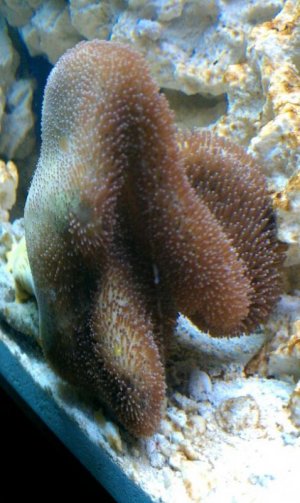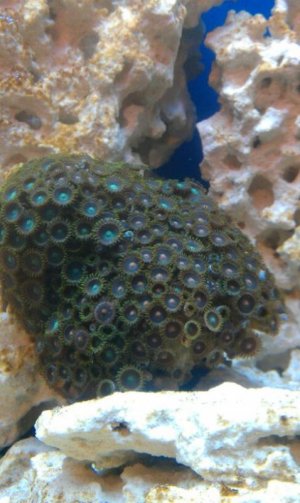Preble
New member
Well I got a nice sized toadstool yesterday it was standing stright up at the lfs I put it in ky tank, and it has not stood up stright yet. Is seems to be very healthy and happy....just a little sideways. Is this just something they do and I just have to wait?
It's under 4 65w pc bulbs and in a medium flow.
I also got a zoa and its doing great.
Sent from my Desire HD using Tapatalk
It's under 4 65w pc bulbs and in a medium flow.
I also got a zoa and its doing great.
Sent from my Desire HD using Tapatalk







